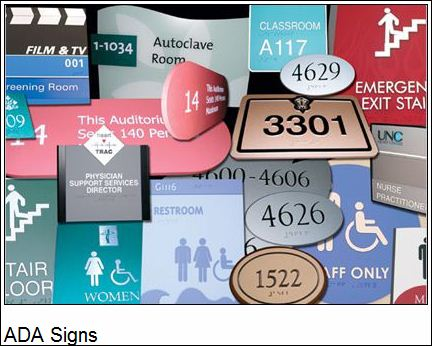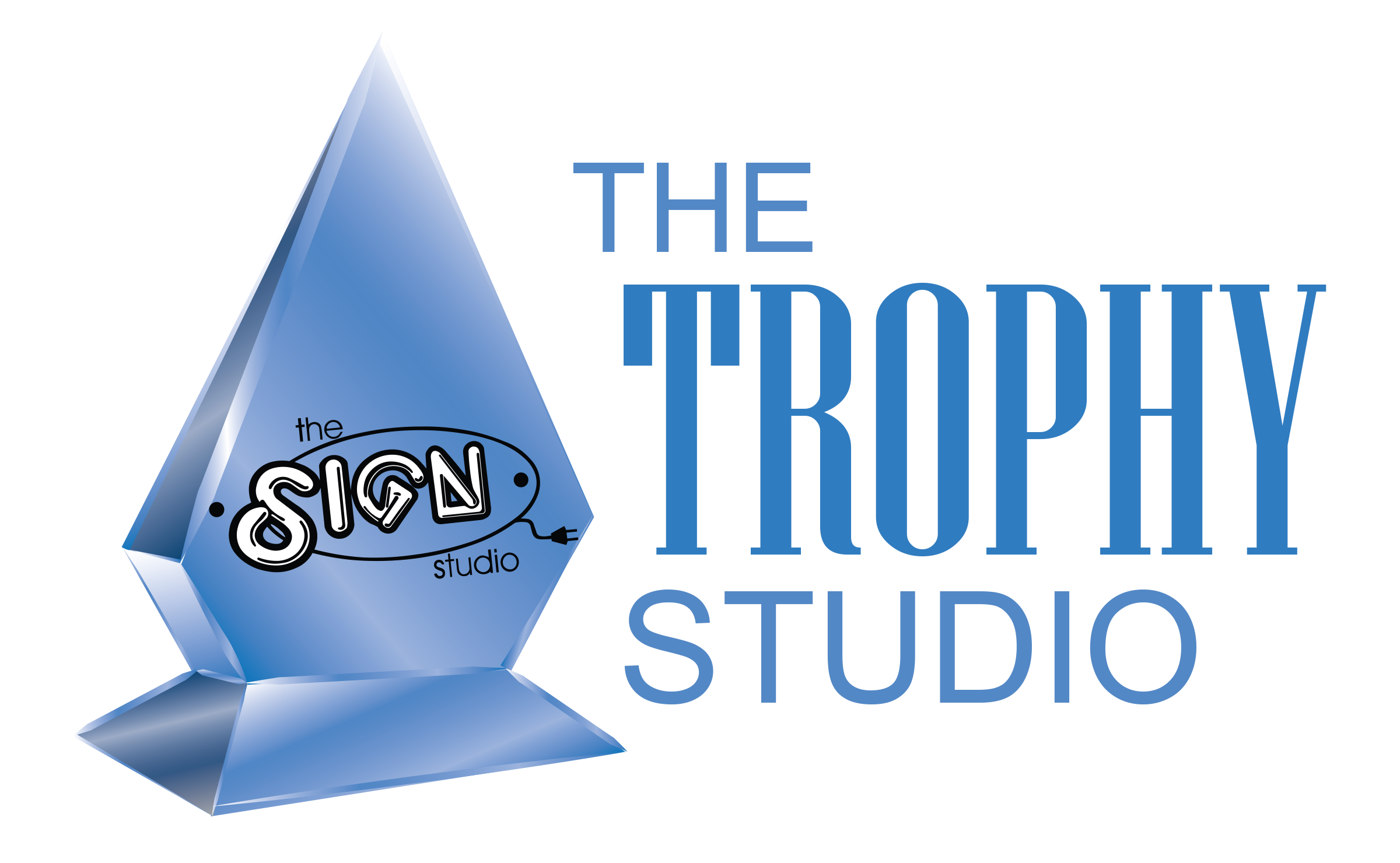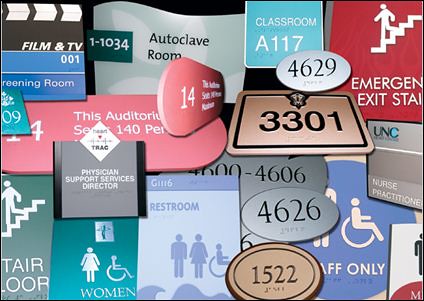What is the difference between ADAAG and Ca Braille – Grade 1 & Grade 2 Braille?
Braille allows blind people to read. They run their fingers across a surface of raised dots arranged in cells. Braille is a phonetic code rather than a traditional alphabet. Created in the early 1800's by Louis Braille, blinded in childhood, who had a passion for learning and few books available. His invention opened a world of communication and self-reliance for the vision impaired.
Basics
- A cell is three dots high and two dots wide.
- The dots are nubs that protrude from a differentiated background.
- Text reads left to right.
Beyond this, things get a little complicated for the sighted person. Over time, subsets of Braille have developed for mathematics, music, science, and literature. Advanced systems include contractions and shortcuts. But, because reading Braille in book formats takes time, many blind people prefer audio recordings. Still, when it comes to signs, Braille plays a significant role.
Grade 1 Braille
Braille 1 positions dots to represent twenty-six letters and some punctuation marks. There is no upper or lower case letters, and there are no numbers. It is the system most readers learn at the very beginning, but they move onto Braille 2 quickly.
Grade 2 Braille
By 1905, Braille had moved away from a transcription from the French alphabet to an arrangement of dots. The need to speed the reading process and diversify the languages available, they introduced contractions, abbreviations, and logogram symbols. In effect, they created a new language.
Instead of cells representing one letter, one cell might represent a shortened word. A cell combination might be a double letter combination of common words that leaves out the vowels. Or, it might contract common prefixes or suffixes. In any case, the system has evolved into a complex of rules, usage, and vocabulary.
ADAAG Requirements
The Americans with Disabilities Act Accessibility Guidelines (ADAAG) requires architectural signs for every permanent room in a public facility plus exits, elevators, offices, staircases, and anything needing identification and information on a facility feature. (There are also guidelines for people with hearing, cognitive, and psychiatric limitations.)
Like other government agency guidelines, the rules a complicated. The guidelines determine the typeface, color, and size. It requires Braille Grade 2 but allows some pictograms and logograms.
California Braille
California's regulatory history has always tweaked federal regulation a little tighter. So, it has stepped up the required guidelines for Braille in public signage. It wants the signs that direct and inform in the same locations throughout facilities, but it narrows the specifications.
- Dots must be rounded or domed.
- Dots will be 1/10 inch (2.54 mm) on center in each cell.
- Cells will be 2/10 inch (5.08 mm) from the second column of dots to the first column of dots in adjacent cells.
- Dots will rise at least 1/40 inch (0.635 mm) from the background.
The Sign Studio knows the differences when it comes to Braille requirements and has been producing ADA and Title 24 compliant signs since they opened their studio doors. The vision-impaired must navigate the same spaces everyone else has available to them: schools, businesses, arenas, libraries, theaters, and more. They need and deserve the same information on educational opportunities, directional indicators, and safety risks - and Braille signs are the key to this freedom.
For more information on signage requirements, please see the following downloads:
If you need further assistance on ADA Compliance or any other signage, please give us a call at (818) 843-9200 or send us an e-mail at Info@SignStudioLA.com.








